20, October 2022
British Prime Minister Liz Truss resigns after six weeks in office 0
British Prime Minister Liz Truss quit on Thursday — bowing to the inevitable after a tumultuous term in which her policies triggered turmoil in financial markets and a rebellion in her party that obliterated her authority.
Making a hastily scheduled statement outside her 10 Downing Street office, Truss acknowledged that “I cannot deliver the mandate on which I was elected by the Conservative Party.”
She is the third Conservative prime minister to resign in as many years and leaves a divided party seeking a leader who can unify its warring factions. Truss, who said she will remain in office until a replacement is chosen, has been prime minister for just six weeks.
Bitterly divided Conservative Party lawmakers have just a few days to agree on a successor, or face another leadership contest. Potential contenders include former Treasury chief Rishi Sunak, who lost to Truss in the last leadership contest, House of Commons leader Penny Mordaunt, Defense Secretary Ben Wallace — and Boris Johnson, the former prime minister ousted in July over a series of ethics scandals.
Whoever succeeds Truss will be the country’s third prime minister this year alone. A national election doesn’t have to be held until 2024, but opposition parties demanded one be held now, saying the government lacks democratic legitimacy.
Source: France 24
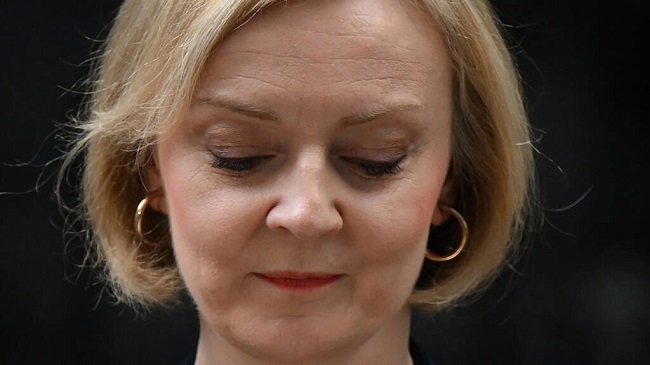
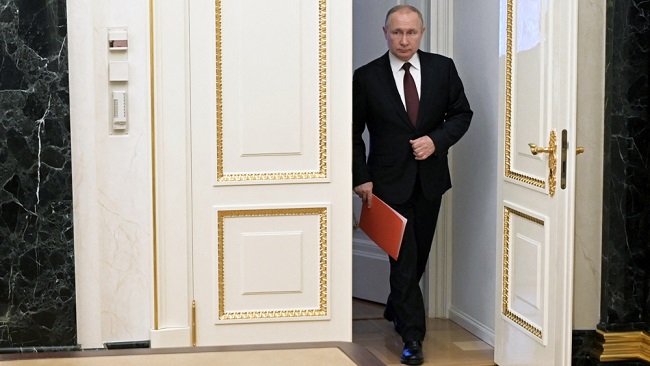
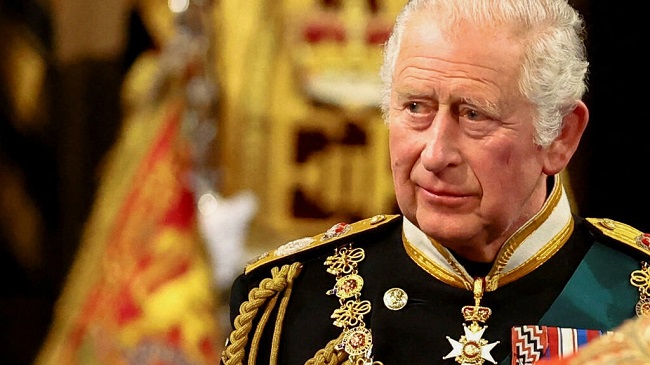
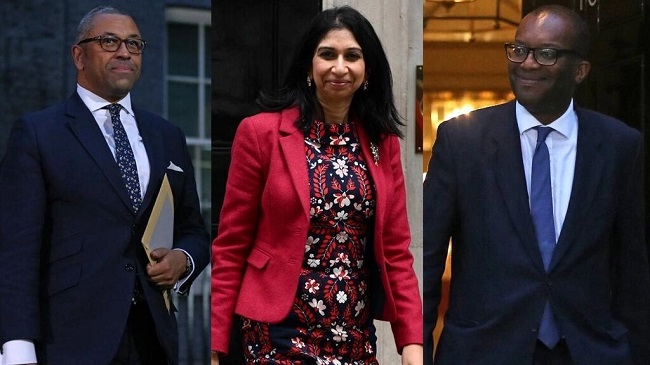
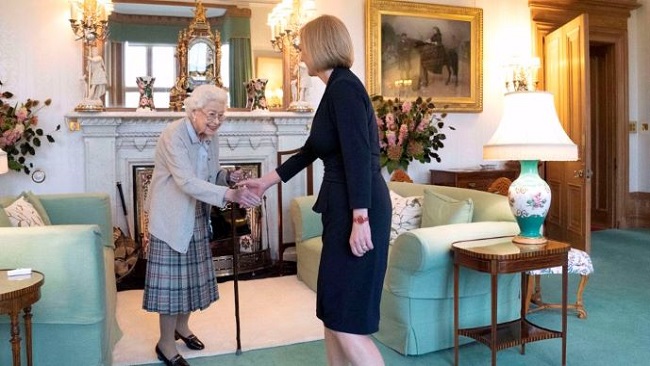
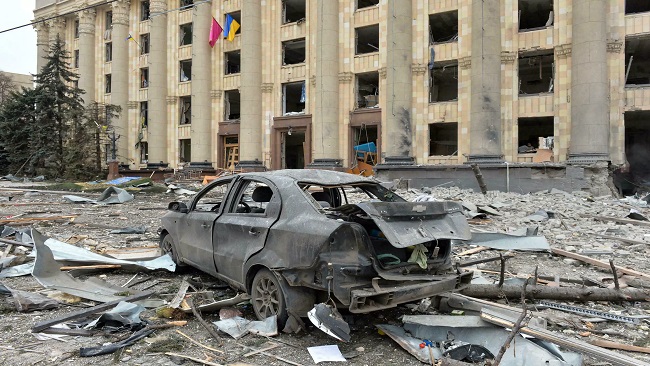
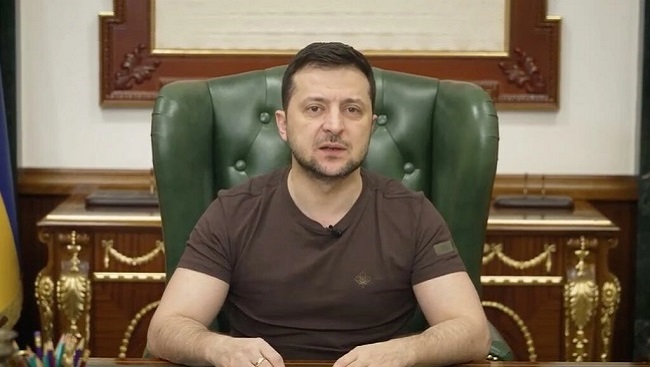
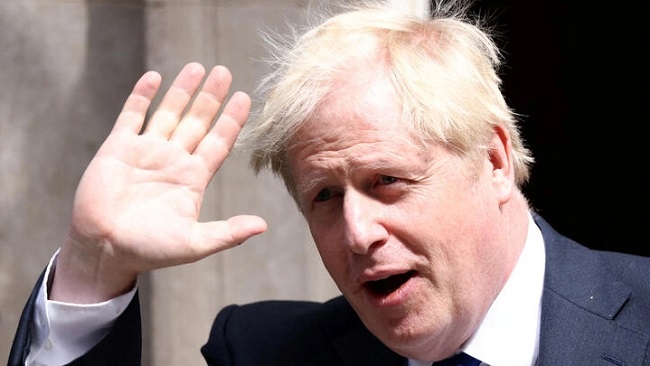

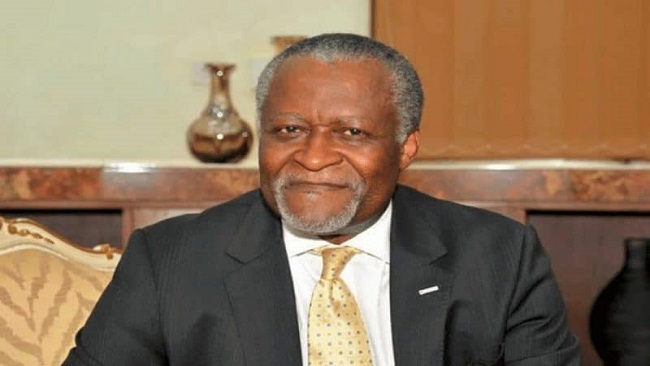
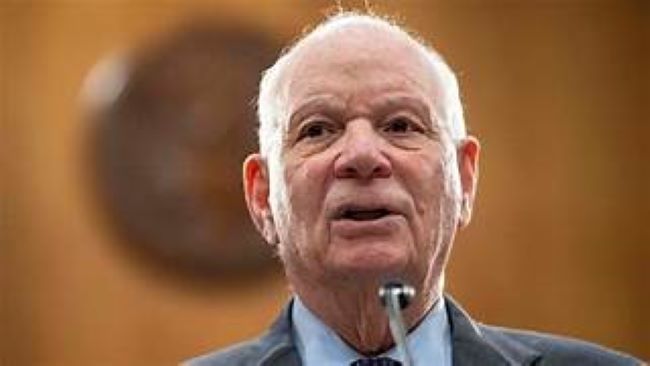
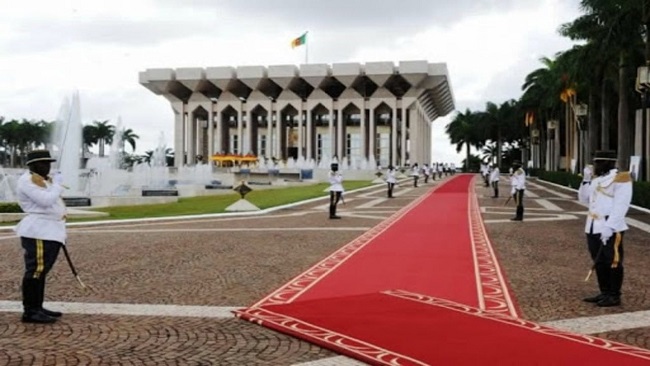

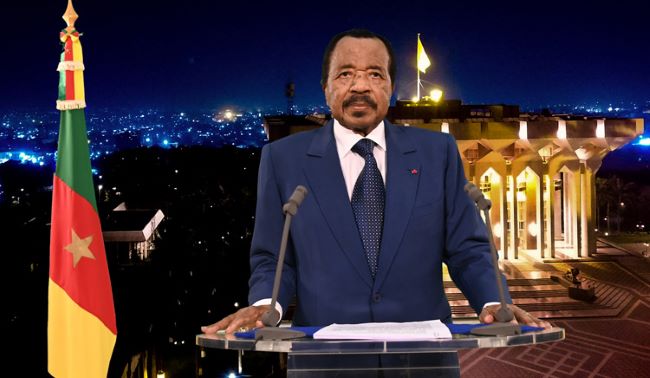
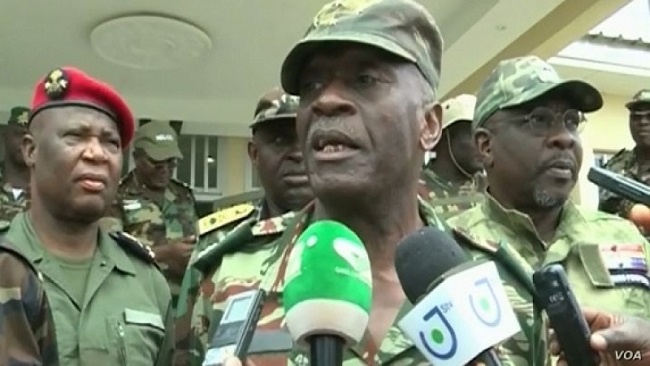
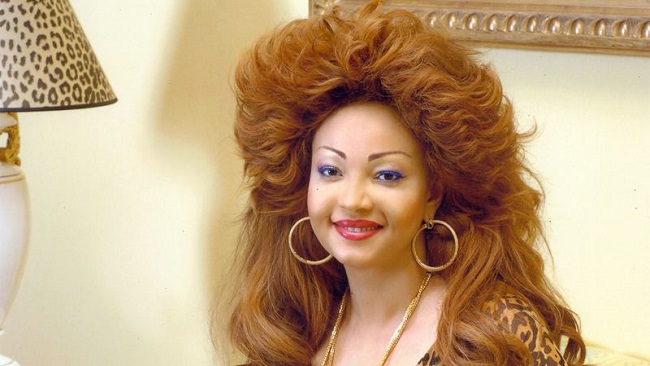
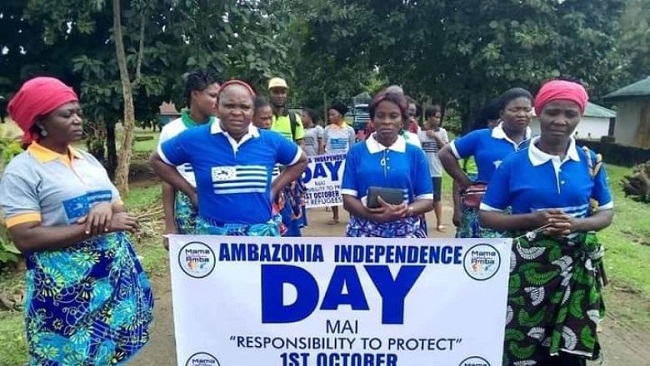
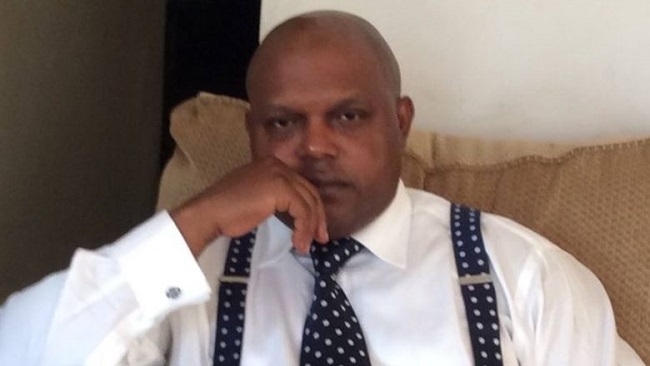
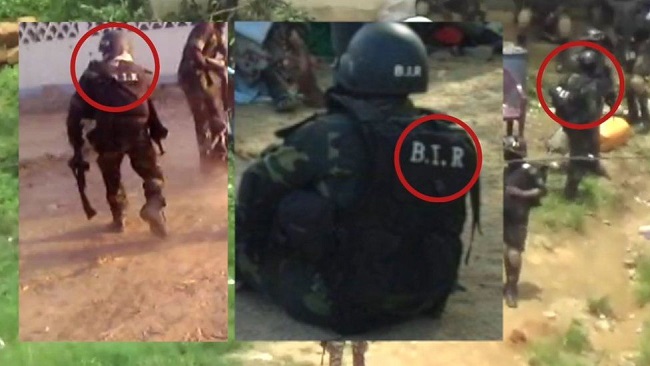
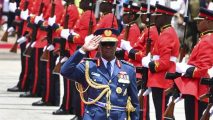




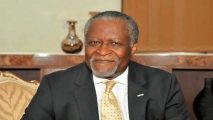

24, October 2022
Sunak favourite to be UK PM after Johnson drops out 0
Rishi Sunak looked set to become Britain’s next prime minister after Boris Johnson withdrew from the contest on Sunday, saying that although he had enough support to make the final ballot he realised the country and the Conservative Party needed unity.
Johnson had raced home from a holiday in the Caribbean to try and secure the backing of 100 lawmakers to enter Monday’s contest to replace Liz Truss, the woman who succeeded him in September after he was forced to quit over a string of scandals.
He said he had secured the backing of 102 lawmakers and could have been “back in Downing Street”, but that he had failed to persuade either Sunak, or the other contender Penny Mordaunt, to come together “in the national interest”.
“I believe I have much to offer but I am afraid that this is simply not the right time,” Johnson said late on Sunday.
The former prime minister had secured the public backing of just under 60 Conservative lawmakers by Sunday, well under half of the nearly 150 endorsements Sunak had received.
Sterling rose more than half a cent against the dollar in early trading in Asia.
Johnson’s statement likely paves the way for his arch rival, the 42-year-old former finance minister Sunak, to become prime minister, possibly as soon as Monday.
If confirmed, he would replace Truss who was forced to resign after she launched an economic programme that triggered turmoil on financial markets.
According to the rules, if only one candidate secures the backing of 100 Conservative lawmakers, they will be named prime minister on Monday.
If two candidates pass the threshold, they will go forward to a vote of the party membership, with the winner announced on Friday, just days before new finance minister Jeremy Hunt lays bare the state of the country’s finances in a budget plan due to be released on Oct. 31.
That had raised concerns that Johnson would return to Downing Street with the backing of the party members, and not a majority of lawmakers in parliament, leaving the party badly divided. Hunt declared his backing for Sunak late on Sunday.
Some Johnson supporters could switch to Mordaunt, who announced on Monday she had more than 90 nominations, who has presented herself as the unity candidate, but many immediately switched to Sunak.
Torn itself apart
Johnson has loomed large over British politics ever since he became mayor of London in 2008 and went on to become the face of the Brexit vote in 2016. While he led the Conservative Party to a landslide election in 2019, he was forced out just three years later by a rebellion of his ministers.
Sunak said he hoped Johnson would continue to contribute to public life “at home and abroad”.
One Sunak supporter, who asked not to be named, said his main reaction was relief because if Johnson had won the “party would have torn itself apart”.
Another Conservative lawmaker Lucy Allan said on Twitter: “I backed Boris for PM, but I think he has done the right thing for the country.”
Other Johnson backers immediately jumped ship.
Cabinet office minister Nadhim Zahawi, who minutes earlier had published an article on the Daily Telegraph website praising Johnson, said “a day is a long time in politics”.
“Rishi is immensely talented, will command a strong majority in the parliamentary Conservative Party, and will have my full support and loyalty,” he said.
Earlier, many of the Conservative lawmakers who normally back Johnson switched their support to Sunak, saying the country needed a period of stability after months of turmoil that has sparked headlines – and raised alarm – around the world.
Johnson is also still facing a privileges committee investigation into whether he misled parliament over Downing Street parties during Covid-19 lockdowns. He could be forced to resign or be suspended from office if found guilty.
Sunak first came to national attention when, aged 39, he became finance minister under Johnson just as the Covid-19 pandemic arrived in Britain, developing a furlough scheme to support millions of people through multiple lockdowns.
“I served as your chancellor, helping to steer our economy through the toughest of times,” Sunak said in a statement on Sunday. “The challenges we face now are even greater. But the opportunities – if we make the right choice – are phenomenal.”
If chosen, Sunak would be the first prime minister of Indian origin in the United Kingdom.
His family migrated to Britain in the 1960s, a period when many people from Britain’s former colonies arrived to help rebuild the country after the Second World War.
After graduating from Oxford University, he later went to Stanford University where he met his wife Akshata Murthy, whose father is Indian billionaire N. R. Narayana Murthy, founder of outsourcing giant Infosys Ltd.
Source: FRANCE 24 with REUTERS